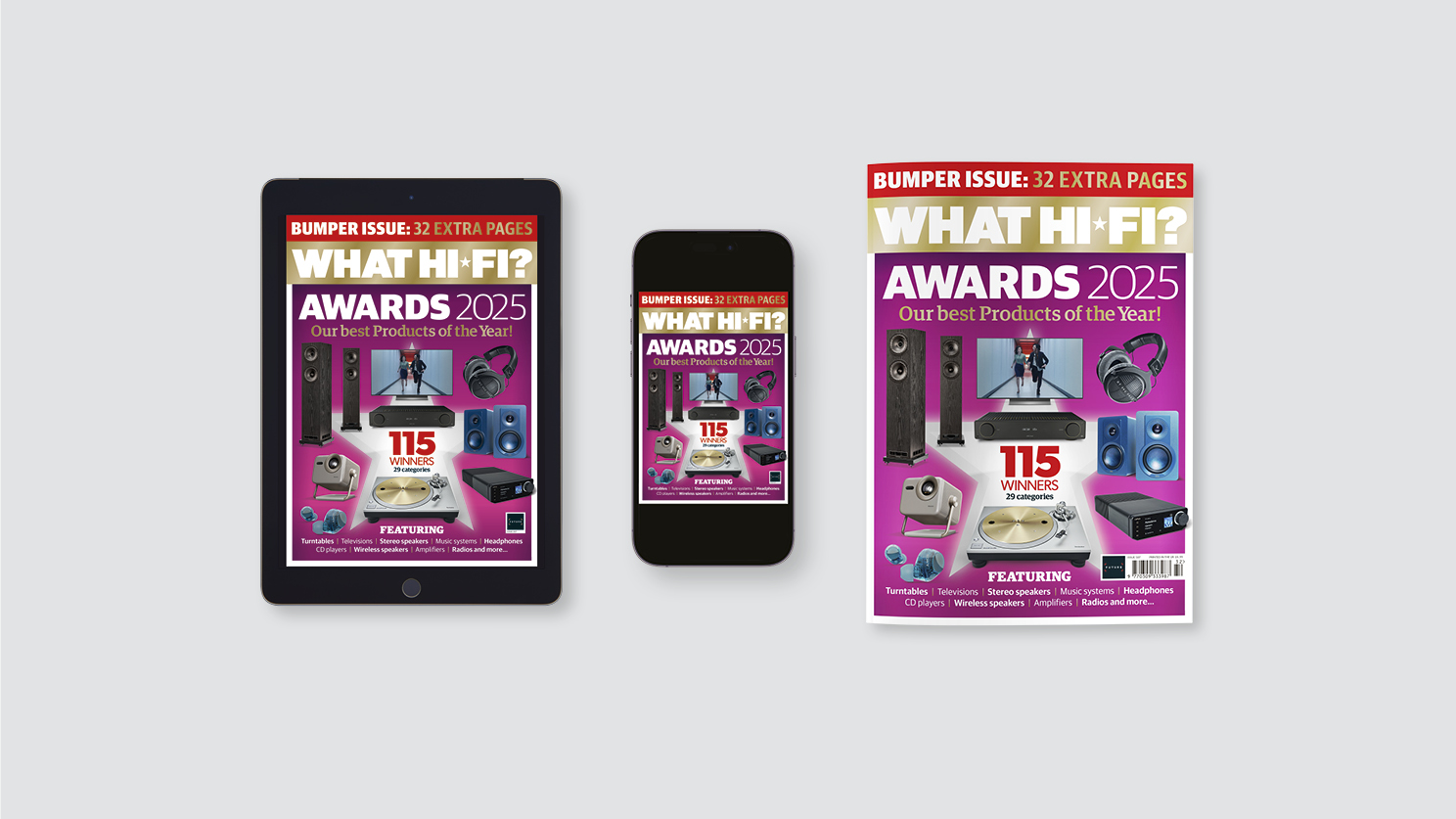“It matters – but it’s rarely the number one reason someone buys an amplifier.” Hi-fi giant IAG talks about sustainability and its impact on performance and price
A complex subject with no easy answer
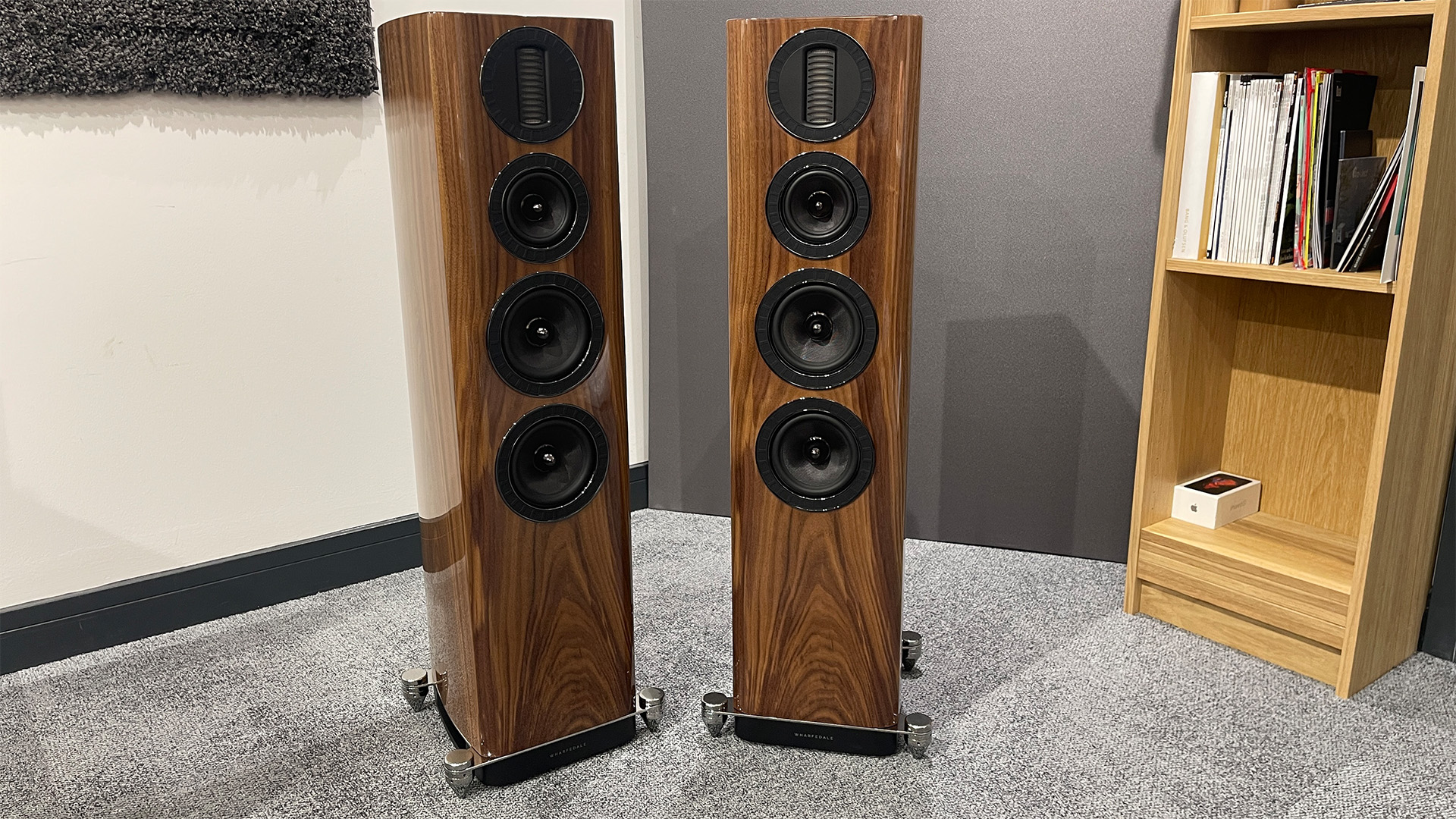
IAG owns some of the biggest hi-fi brands in the business, with the likes of Audiolab, Quad, Mission and Wharfedale all under its umbrella.
With design, engineering and virtually all manufacturing for all its brands under one roof, sustainability has been on IAG’s radar for some time now.
As part of What Hi-Fi?’s Sustainability Week, we spoke to Jamie O’Callaghan, the IAG Group’s Global Sales & Marketing Director, to hear how the company approaches the topic and evaluates how performance and cost fit into the equation.
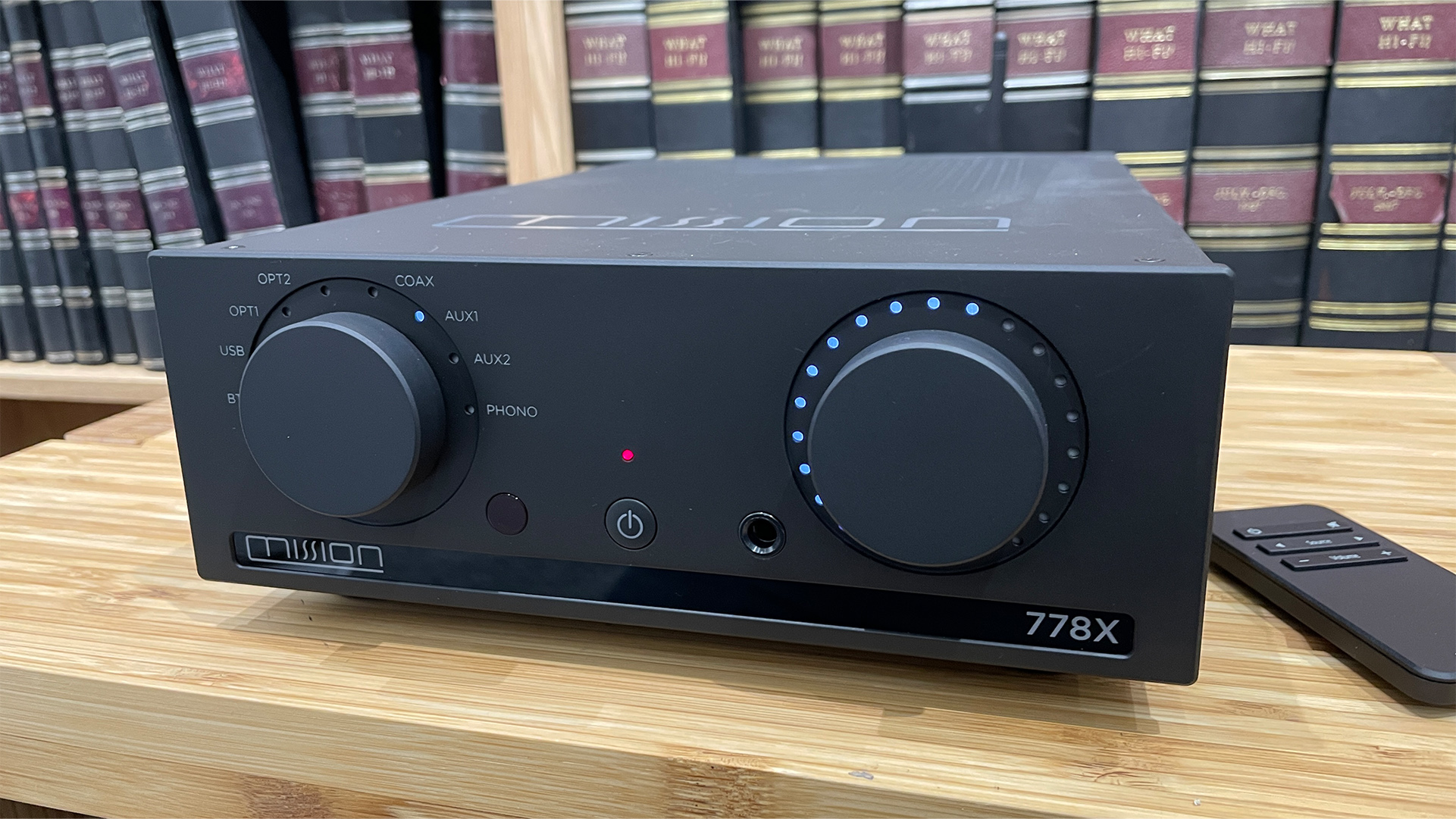
“Long before the word ‘sustainability' was everywhere, we were already recycling sawdust into pellets for heating or repurposing into MDF, recycling water on-site, using solar power, and reusing cardboard and paper pulp for drivers and packaging,” says O’Callaghan.
And it continues in today’s manufacturing process. “We design them [products] so they can be repaired: modular parts, replaceable drivers, serviceable amps.
"We manufacture about 95 per cent of what goes into our products in-house. For the rest, we only source from suppliers who meet the strict standards (RoHS, REACH, etc).
"We’ve cut down on plastics in our packaging, and we recycle as much as possible on-site. Our lacquer and paint processes conform to extremely strict environmental regulations – far ahead of many current standards.
The latest hi-fi, home cinema and tech news, reviews, buying advice and deals, direct to your inbox.
"In addition, we have a dedicated project management team working on material considerations – paints, materials, techniques that follow the demands for even less environmental impact and even higher levels of sustainability.”
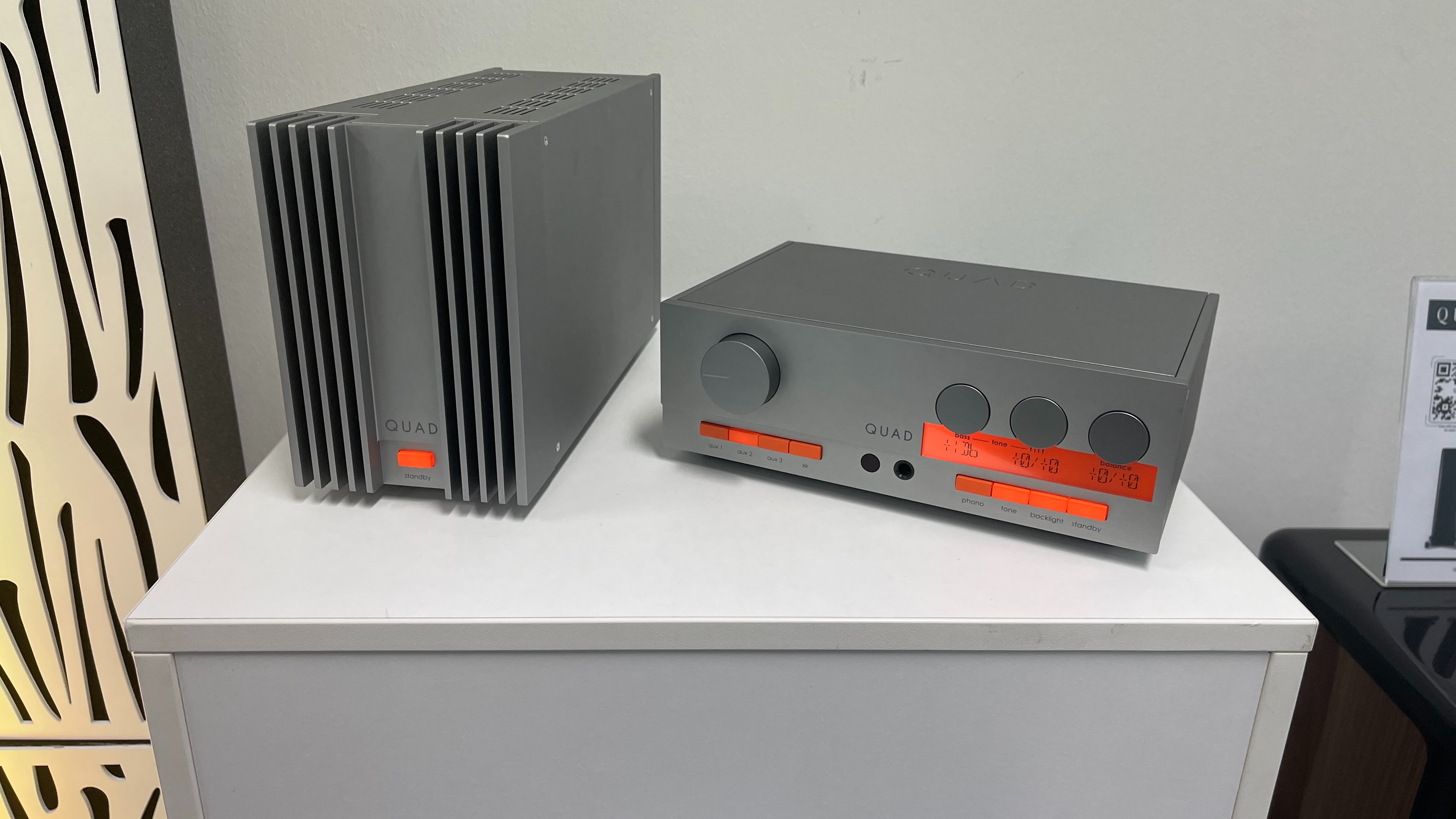
At this point, it's probably worth remembering that the product turnover in the world of hi-fi isn’t as quick as in other consumer tech, such as smartphones, headphones, and TVs; there’s already a certain degree of sustainability built in.
“We believe sustainability starts with making products that actually last. If something is built well enough to be repaired and enjoyed for years – instead of being thrown away – that’s already a huge step.
"We still support some QUAD models that were released over 50 years ago. We keep spares, we have authorised service centres, and we’ve always believed a hi-fi system is something you maintain rather than discard.”
But does IAG think customers care about sustainability? “More than before, absolutely.
"We’ve had customers contact us asking if our speakers are vegan (which they are!) – ten years ago, it would have sounded odd, but now it’s a fair question. It shows people are thinking more consciously,” says O’Callaghan.
Eco-friendly materials don’t consistently deliver the performance our engineers require
“That said, in hi-fi, sound quality and price are still the main drivers. Sustainability matters – but it’s rarely the number one reason someone buys an amplifier.
"What people do appreciate, though, is honesty. They can tell when a brand is actually making an effort versus just using marketing buzzwords.
"The biggest challenge is trying to balance sustainability with performance and price. In audio (and consumer electronics in general), the enthusiast community – audiophiles, reviewers, users – still expect things to sound exceptional and be affordable.”
And as O’Callaghan explains, what might be good for the environment might not necessarily be the right fit for a product, and even the eco-friendly options that look good on paper might have drawbacks.
“Eco-friendly materials don’t consistently deliver the performance our engineers require, or the cost-efficiency our customers expect. And the ones that do usually cost more – which then affects how competitive the product is.
"Sourcing components with a lower carbon footprint that still meet the quality benchmark is an ongoing challenge. And once costs rise, not all consumers or retailers are willing to absorb that, even if they support the idea of sustainability.”
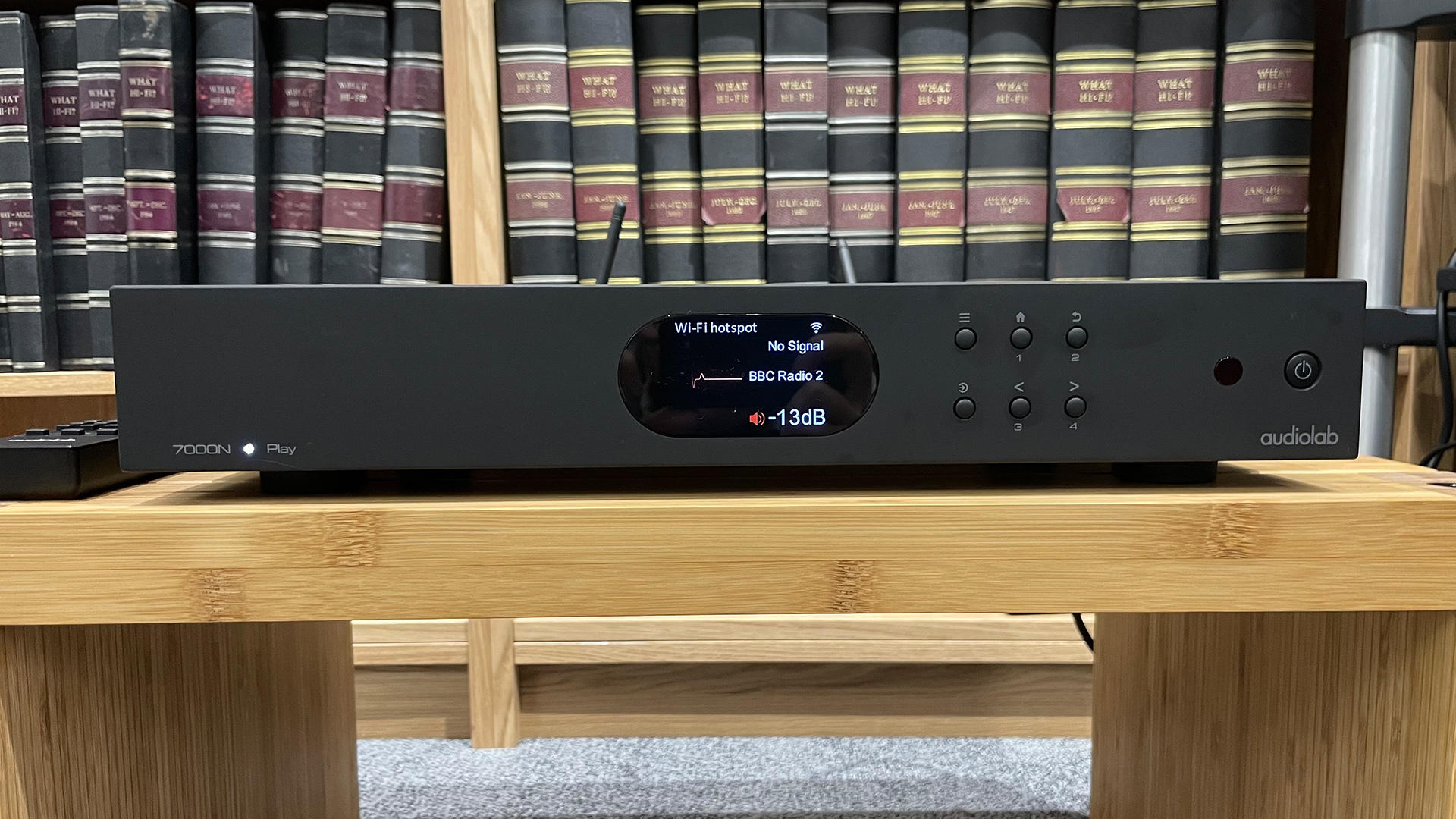
It is a difficult balance to get right, though, especially in the affordable areas of the market where you’ll find most consumers.
As O’Callaghan puts it, “The inescapable fact is that most people like the idea of super-eco-friendly products and materials, but there is a ceiling as to how much of a premium they are willing to pay.”
Building more sustainable products isn’t as simple as swapping out materials. There are the cost implications on final prices and also knock-on effects on quality and performance.
O’Callaghan explains, “We’re working towards standards where plant-based plastics and bio-resins can be used as alternatives to ABS, recycled wood fibre board can replace traditional MDF and so on. These materials meet the 'sustainability box' but in practice, they often fail during real-world testing – from cabinet resonance and acoustic stability, through to finishing and long-term durability.
Some materials we’ve looked at are fantastic but incredibly expensive, can’t be finished beyond ‘natural colours’, and are extremely difficult to work into forms familiar for loudspeakers.”
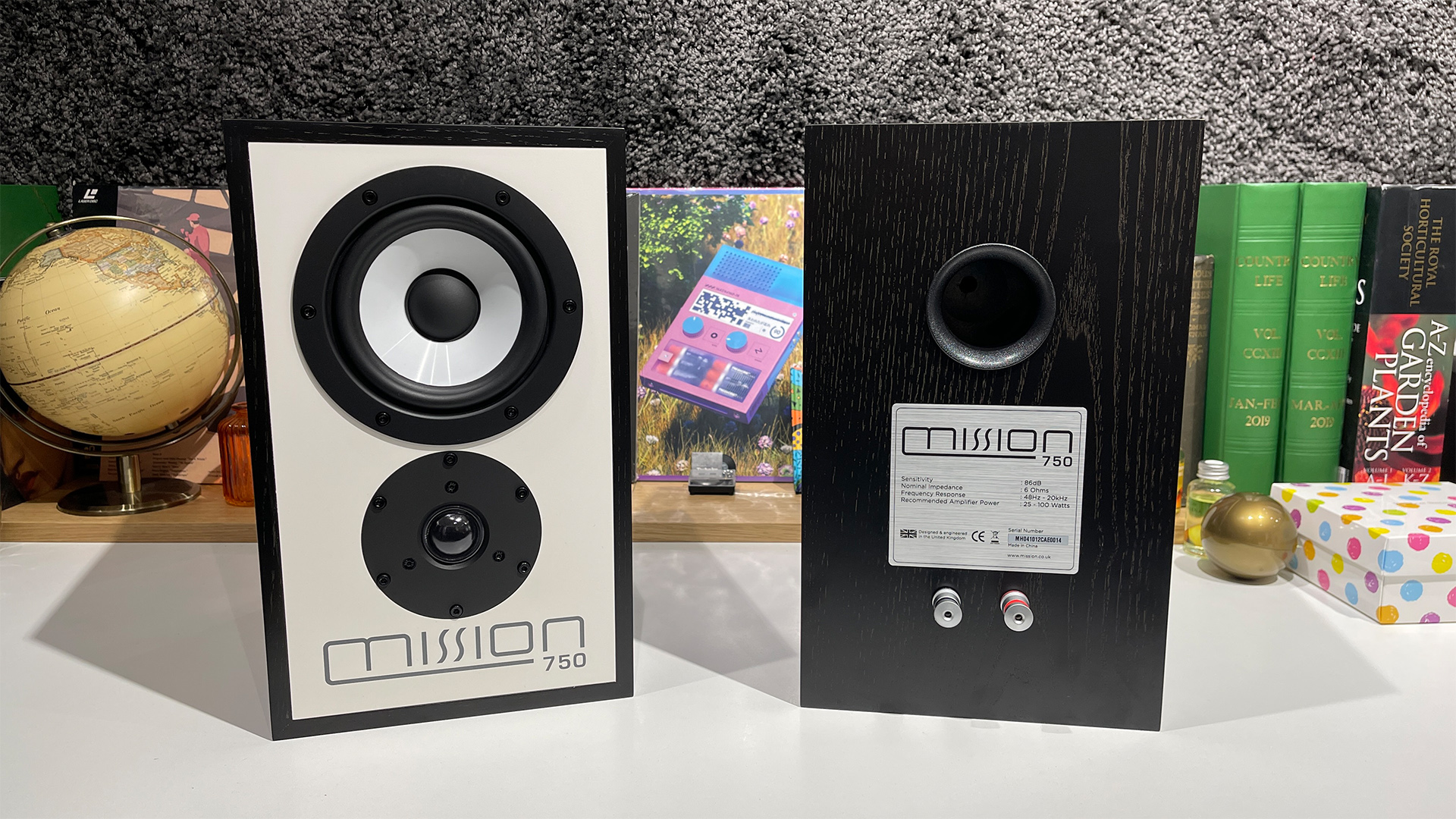
When you start to think about adding a new technology there are complex sums to work through, and that, according to O’Callaghan, “isn’t simply a matter of adding X amount to the cost of a loudspeaker.
"It involves detailed calculations of man-hours for engineering work (investigation, testing, modelling, sampling) and that’s before considering production techniques, machinery, tooling, etc.
"The cost chain is long, and the timeline is similarly affected. The work continues, but it’s a process of incremental R&D and concept, not just a quick swap-in.”
Alternative materials can be challenging to machine and achieve a consistent finish and there’s the cost element, plus the question of just how ‘green’ they actually are.
Building more sustainable products isn’t as simple as swapping out materials
“Carbon fibre is acoustically excellent; stone or mineral composites are extremely inert; and recycled PETs clearly offer environmental benefits.
"However, these materials often cost significantly more than MDF or ABS. And in some cases, their CO₂ footprint during large-scale production is significant – the end product may appear ‘green’, but the production process is less so.”
O’Callaghan uses the five-star, Award-winning Mission 770 stereo speakers as an example of how adding eco-friendly tech could affect pricing. The speakers already use packaging and MDF from recycled materials, a PFAS-free lacquer finish on real-wood veneers (as opposed to vinyl or synthetic materials) and water-based acoustic damping glue.
“If we were to substitute our materials for carbon fibre, 3D printed bio-resins and bring in stone-based composite boards, for example, the 770 would be marginally more ‘sustainable’ as an end product, but significantly more expensive to produce and therefore – as a rough estimate – five times more expensive to the end customer. More Sustainable? Perhaps, yes. Viable for dealers and consumers? Not at all.”
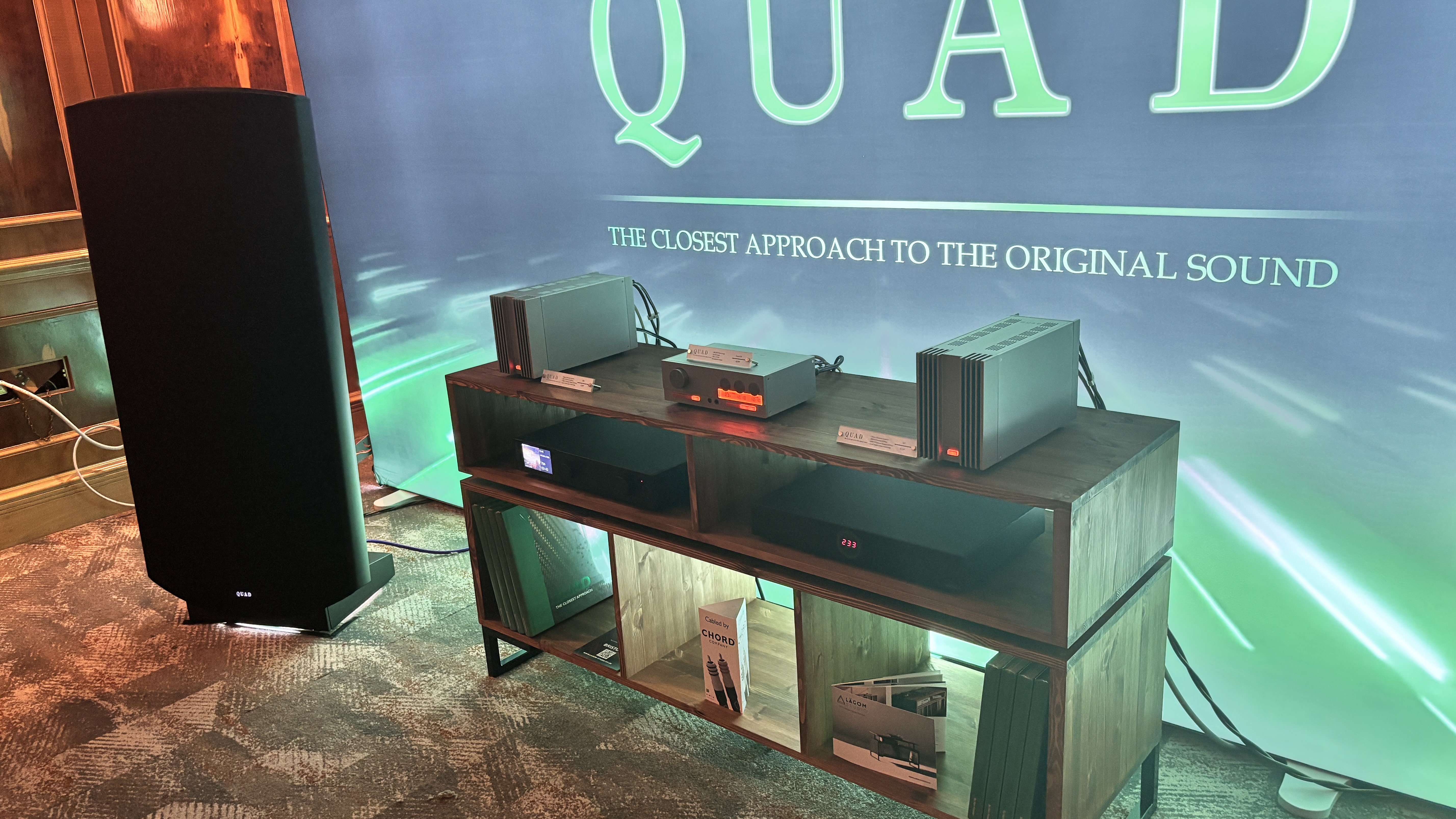
So what does the future hold for IAG and its approach to sustainability?
Could it become carbon neutral? “That is the long-term goal, but we want to be realistic and responsible about it.
"First, we’re mapping out our emissions properly so we actually know where we stand. Then we reduce what we can. Only after that does offsetting make sense,” says O’Callaghan.
Besides working on a public product sustainability policy to show greater transparency, O’Callaghan has good news for fans of IAG brands on the product front.
“We’re exploring new materials for future ranges. One project that Peter Comeau (Director of Acoustic Design) and his team are working on for 2026 is especially exciting, and takes this thinking to a whole new level.
"Our industrial design team is already eliminating materials, processes and design habits that don’t comply with a logical sustainability mindset. Watch this space!”
MORE:
Welcome to What Hi-Fi?’s inaugural Sustainability Week!
Do hi-fi and home cinema fanatics care about sustainability? We want to know!
Andy is Deputy Editor of What Hi-Fi? and a consumer electronics journalist with nearly 20 years of experience writing news, reviews and features. Over the years he's also contributed to a number of other outlets, including The Sunday Times, the BBC, Stuff, and BA High Life Magazine. Premium wireless earbuds are his passion but he's also keen on car tech and in-car audio systems and can often be found cruising the countryside testing the latest set-ups. In his spare time Andy is a keen golfer and gamer.
You must confirm your public display name before commenting
Please logout and then login again, you will then be prompted to enter your display name.

